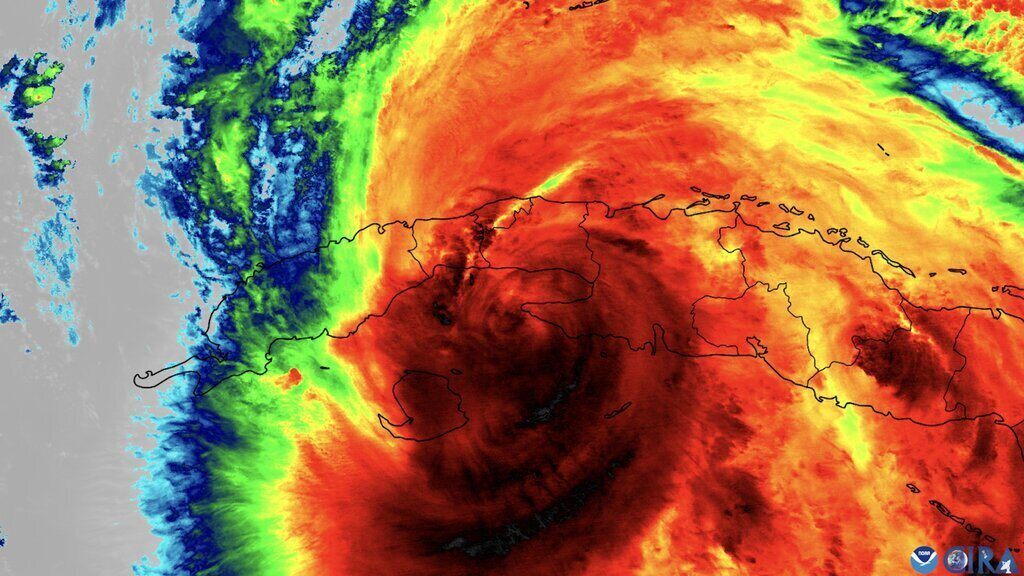Storms are likely to appear more frequently and more intense in both the Atlantic and eastern Pacific over the next decade, increasing the danger to coastal communities across North and Central America, according to a new study.
A research team at the University of Reading used the British Meteorological Agency's storm forecasting software ( Met Office) to predict a typhoon pattern for up to 10 years.
The forecast model shows that in the next decade, the number of tropical cyclones in the Atlantic could double compared to the levels of the 1970s, while storms in the eastern Pacific could increase by more than a third.
The total energy of these storms - including frequency, intensity and duration - is also forecast to increase significantly. In the north Atlantic, hurricane energy could double the levels of the 1970s.
The study, published in the journal NPJ Climate and Atmospheric Science, used Met Office's DePreSys4 climate prediction software and a dedicated tracking algorithm to predict future typhoon patterns.

This study marks a major step forward in storm prediction by tracking each storm in the model's simulation, rather than relying on indirect metrics such as sea level pressure or sea surface temperature models.
This is the first time direct storm monitoring has been used to predict hurricane patterns over the next decade. This technique has been used to predict short-term storms for a few days or months.
The forecast of a sharp increase in the number of storms is related to two important environmental factors: Sea surface temperature and changes in winds in the atmosphere. The forecast system sees Atlantic temperatures likely to increase in the coming years, providing more energy for the storm to form and strengthen.
Along with that, changes in wind patterns - especially how winds change at different altitudes in the atmosphere - are predicted to create more favorable weather conditions for storms to develop. These changes are the result of a combination of natural climate change and long-term climate trends.











